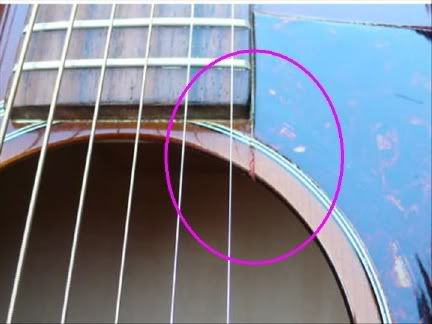Humidity definitely affects how guitars sound. Many sound muddy in high humidity. If the ambient humidity isn't too high, warming can drive off some moisture, which may be what you're hearing. For example, taking a guitar out on a sunny day, if it's been well humidified, sunlight might heat the surface and drive off a bit of moisture fairly quickly. I'm not certain this happens, but I suspect it well could.
Also, lots of people have observed the improvement in a guitar after a few minutes of playing, just like you said. As to whether it's a change in the guitar, player, or both, that's anybody's guess. I know I loosen up after a few minutes of playing. I believe my guitars do, too. But who's to say?
